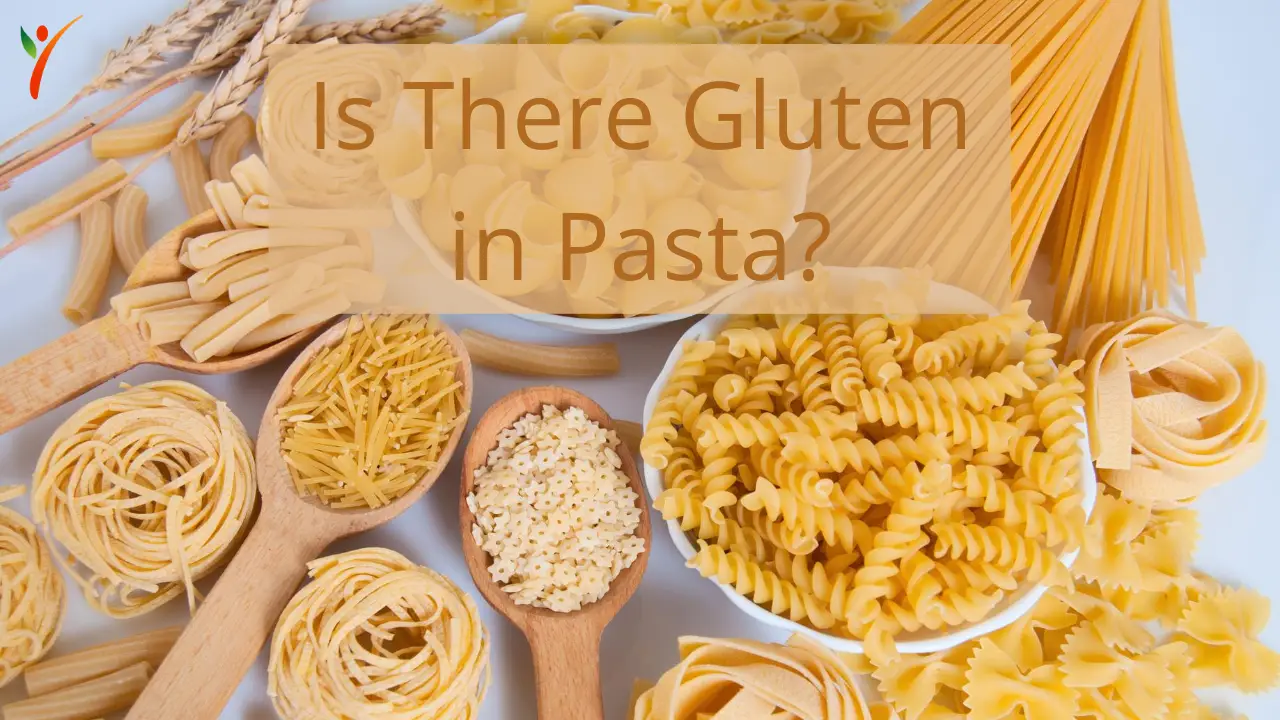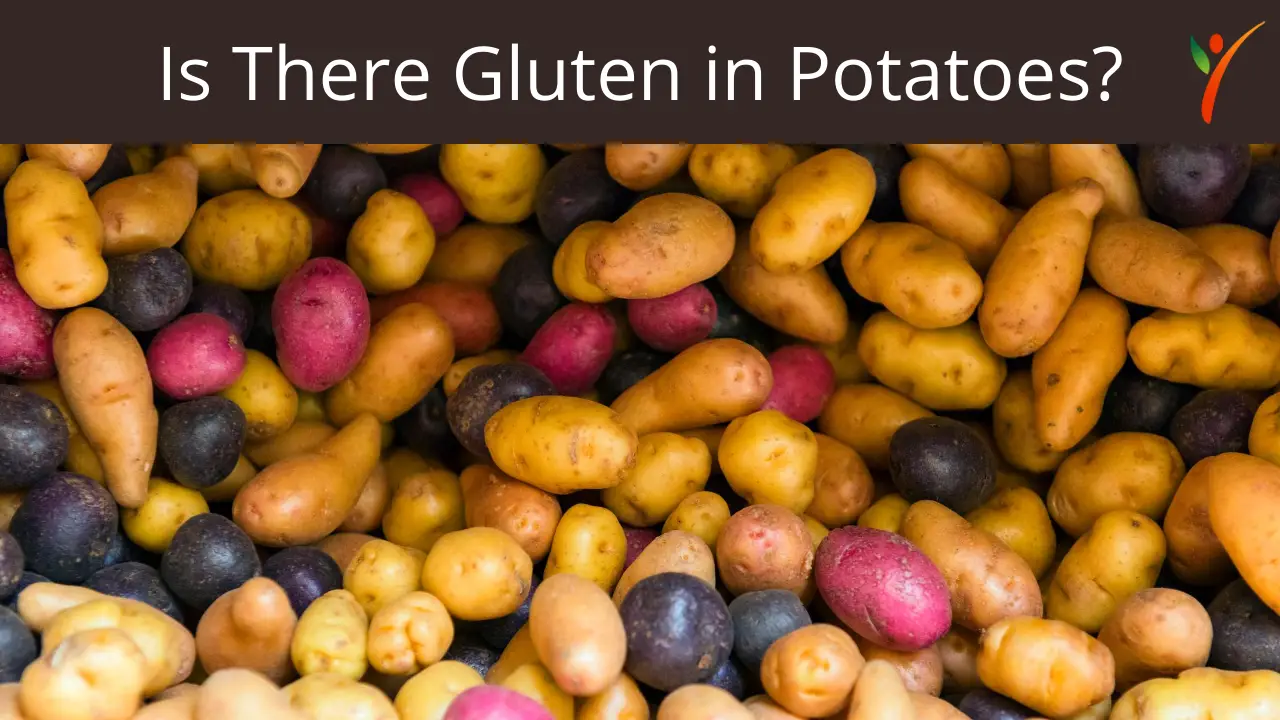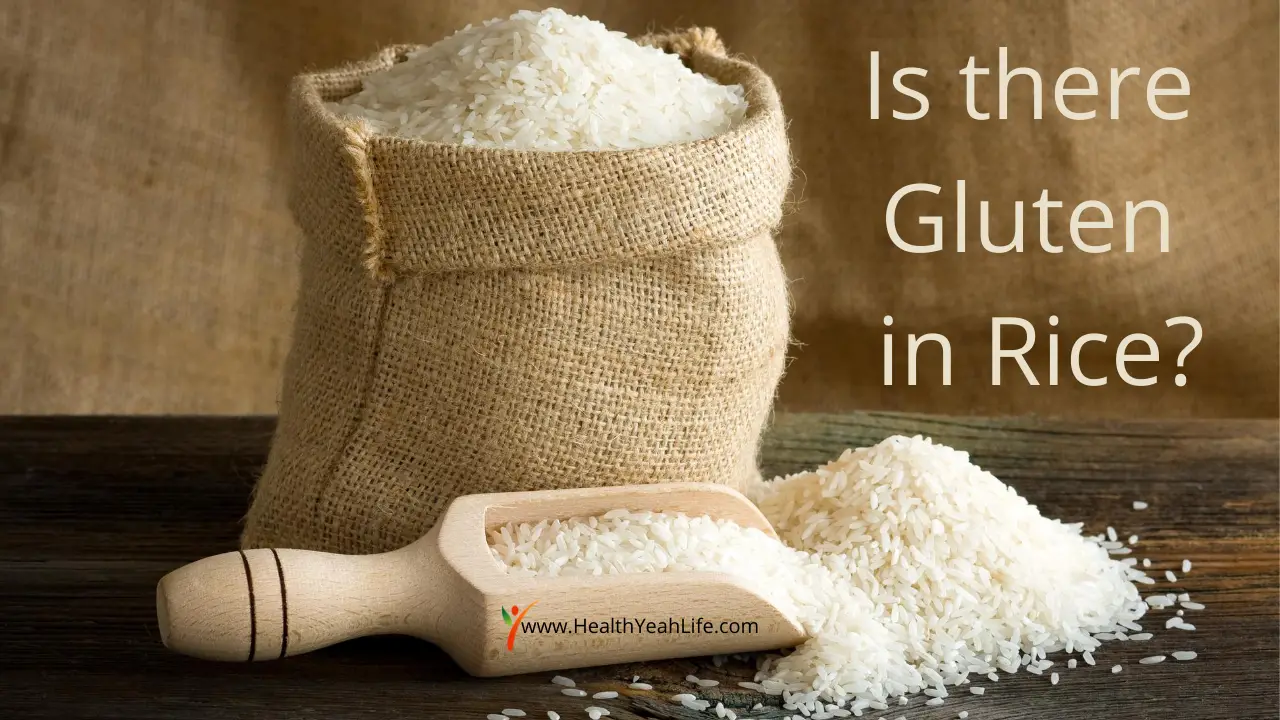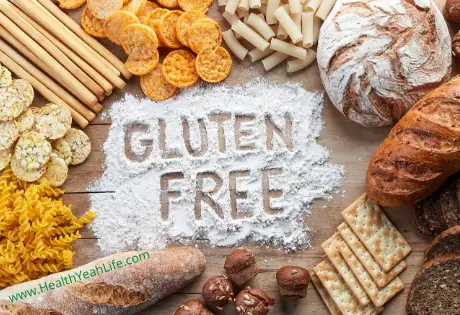Pasta has made a name for itself across the world, and all for a good reason. Whether you're an Italian or not, pasta is a delicious meal that can fulfill your hunger cravings. Moreover, you can eat pasta as an appetizer or even a full meal, depending on how you make it! For all those lazy days when you don't want to go through too many cooking instructions, pasta saves the day. However, you'll need to delve deeper into this simple ingredient if you live with celiac disease or gluten sensitivity. Not all types of pasta are right for you on a gluten-free diet plan. Here's everything you need to know about eating pasta on a gluten-free diet.
What is Pasta?
Pasta gets its origin from Italy, where the first authentic pasta dishes were added to the Italian cuisine. The name is given to noodles made from starch with a mixture of ingredients including flour, wheat, water, and eggs. This staple food ingredient is then kneaded into dough and further cut into thin sheets or other shapes according to pasta type. Later on, these are cooked by boiling, frying, or baking the pasta sheets.
Pasta is generally divided into two categories, i.e., dried pasta and fresh pasta. Dried pasta goes through a process of extrusion, and the end product is what you find ready-made in stores. All you’ve to do is cook dried pasta according to your preferred method, and it has a long shelf-life. Therefore, buying dried pasta takes out the excess work of making the dough and cutting it. On the other hand, fresh pasta is made by hand, or by large-scale machines in commercial production. While fresh pasta has to be cooked within a few days, many prefer fresh pasta comparatively due to better taste.
Both fresh and dried pasta are popular elements in Italian cuisine. Once the pasta is cooked, it's served up with a sauce and additional ingredients such as vegetables, protein, etc. Pasta dishes vary in preparation, serving it as a light-course meal or a full-course is your choice. I like to add a simple salad for lunch or make a fancy meal such as fettuccine alfredo.
Do You Need to Avoid Pasta on a Gluten-Free Diet?
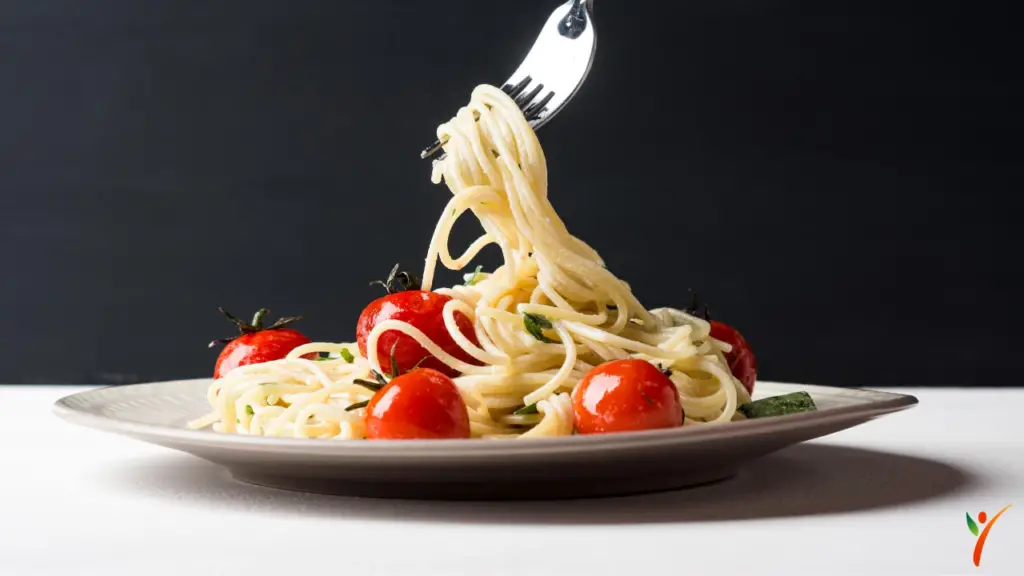
First things first, regular pasta does have gluten in it since it’s made from wheat flour. You'll need to be avoiding anything that contains gluten-containing ingredients in it on a gluten-free diet, and wheat flour does. This means that you'll have to stay away from all regular pasta types, whether fresh or dried. Additionally, alongside avoiding store-bought pasta, pasta dishes in restaurants are also a no-go.
By this point, you’re probably thinking, so when can I enjoy pasta if everything is off-limits? But the truth is, there are tons of alternative options that work excellent if not better than regular pasta. Firstly, for your kitchen experiments, you'll need to buy or make your gluten-free pasta. This can be easily done as long as you're buying or using gluten-free alternatives to wheat flour. Similarly, if you're eating at a restaurant if the restaurant offers a gluten-free menu, order your dish from that. If not, and you're craving pasta, you can ask whether the restaurant offers gluten-free pasta dishes. Due to the increase in celiac and gluten sensitivity, many restaurants now cater to gluten-free dishes. All you’ve to look for is the right restaurant for you for your next dine-in with friends.
Gluten-Free Alternatives to Regular Pasta:
You don't have to forsake pasta completely on a gluten-free diet. There are numerous gluten-free options that you can try. These will not only add the element of pasta in your gluten-free lifestyle but are also equally nutritious. Here are a few widely-popular options you can explore:
Brown Rice Pasta –
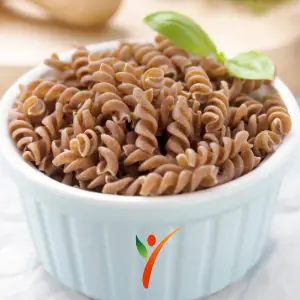
If you’ve ever read the most popular items in the gluten-free list, you’ve undoubtedly heard about this. Brown rice pasta is one of the most popular options for a gluten-free pasta alternative. This pasta provides a mild taste to your pasta dish, something to go for if you don’t want an overpowering flavor. Additionally, brown rice pasta is packed with fiber, antioxidants, and micronutrients, e.g., magnesium and selenium.
Chickpea Pasta –
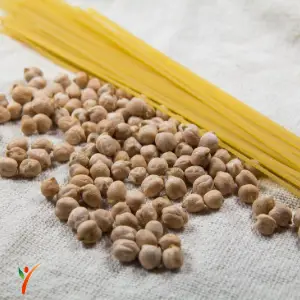
Is an option for individuals who are conscious about their health. Chickpea pasta offers a similar taste to regular pasta, making it a good choice if you’re new to the gluten-free diet. This pasta does have a mild flavor of chickpeas and a chewy texture, but it can make an incredibly delicious pasta dish. There are numerous health benefits to eating chickpea pasta. This includes a protein and fiber-rich intake, as well as improved blood sugar levels and decreased cholesterol.
Multigrain Pasta –
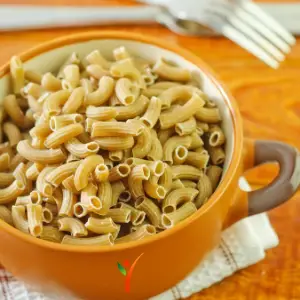
Multigrain pasta is a combination of various gluten-free grains such as corn, rice, quinoa, and buckwheat. Once again, this pasta type is close to tasting and texture to regular pasta, making it a great gluten-free alternative. Simultaneously, the nutritional value of this pasta depends on the type of grains used to produce it. However, do check the labels for any additives and fillers in multigrain pasta.
Secrets to Cooking the Perfect Gluten-Free Pasta:
Go by Servings:
he first tip is to stop following regular pasta recipes for your gluten-free pasta dish! Recipes that use gluten-containing pasta for the meal generally go by ounces in the cooking instructions. Ounces don’t work for gluten-free ingredients since gluten-free items have a different density than the regular pasta choices. Consequently, this will result in you adding more pasta by ounces than you’ll need. The alternative method is to go by servings, i.e., one packet of pasta usually serves around 3-5 people. Use the serving-method instead of measuring ounces to make your life easier.
Stop the Pot From Overflowing:
Gluten-free pasta contains more starch than your regular pasta. Starch is what leads to the foam forming on top of your pot. Hence, higher amounts of starch mean a more natural overflow of water from the pot. You don't want this to happen since you'll have to be cleaning the stove afterward. The easiest solution is to grab a large-sized pot and fill it only 2/3 of the way rather than to the brim. You'll be thanking yourself later for reducing the extra work if you had filled the water to the top.
Salt the Pasta Properly:
One of the top tips from professional chefs, salt your water properly when cooking the pasta! Many make the mistake of not adding enough salt to their pasta water, leading to under-seasoned pasta. For your pasta to taste the best it can, your pasta needs to be seasoned perfectly during the boiling part. As a general rule, you should be adding 2 tablespoons of salt for every 1 pound of pasta you make.
Keep Stirring:
Another common mistake in cooking pasta is that people forget to stir their gluten-free pasta. You might’ve have seen the consequences of not stirring and adding enough oil to regular pasta. It becomes a sticky mess. Guess what? Gluten-free pasta tends to stick together even more than regular pasta. Hence, to avoid this problem, add olive oil to your pot and keep stirring for the first few minutes after adding the pasta. Once you’ve done this, voila, you have beautifully cooked pasta that isn’t stuck together in a glop.

Don't Always Follow Package Instructions:
Our first instinct is to cook the pasta as long as the package instructions tell us. After all, who knows it better than the manufacturers? However, that's not always the case, and you might end up with overcooked pasta. To have your pasta cooked al dente, check on it a few minutes before the instructions tell you. Chances are your pasta is already cooked to perfection at this point. If not, let it cook for the extra few minutes, and you won't be eating mushy overcooked pasta.
Don’t Let the Pasta Hang Out:
Once you’ve drained your pasta, many often forget about it till they’ve everything else prepared. However, don’t do that! By keeping your pasta sitting in the colander you’re letting it cook further. Pasta continues to cook after you’ve drained it. Moreover, another risk is that the pasta will start sticking together at this point. Therefore, move the pasta immediately back to the pot or your bowl and add a splash of olive oil.
Final Words
You don't need to leave behind the food that makes your stomach and soul happy on a gluten-free diet. The only thing you're doing is replacing gluten-containing ingredients with gluten-free options such as with pasta. Enjoy your pasta with gluten-free alternatives, and enjoy a healthier lifestyle!
Live Extraordinarily!

The owner of this website, HealthYeahLife.com, is a participant in the Amazon Services LLC Associates Program, an affiliate advertising program designed to provide a means for sites to earn advertising fees by advertising and linking HealthYeahLife.com Review to Amazon properties including, but not limited to, amazon.com.

